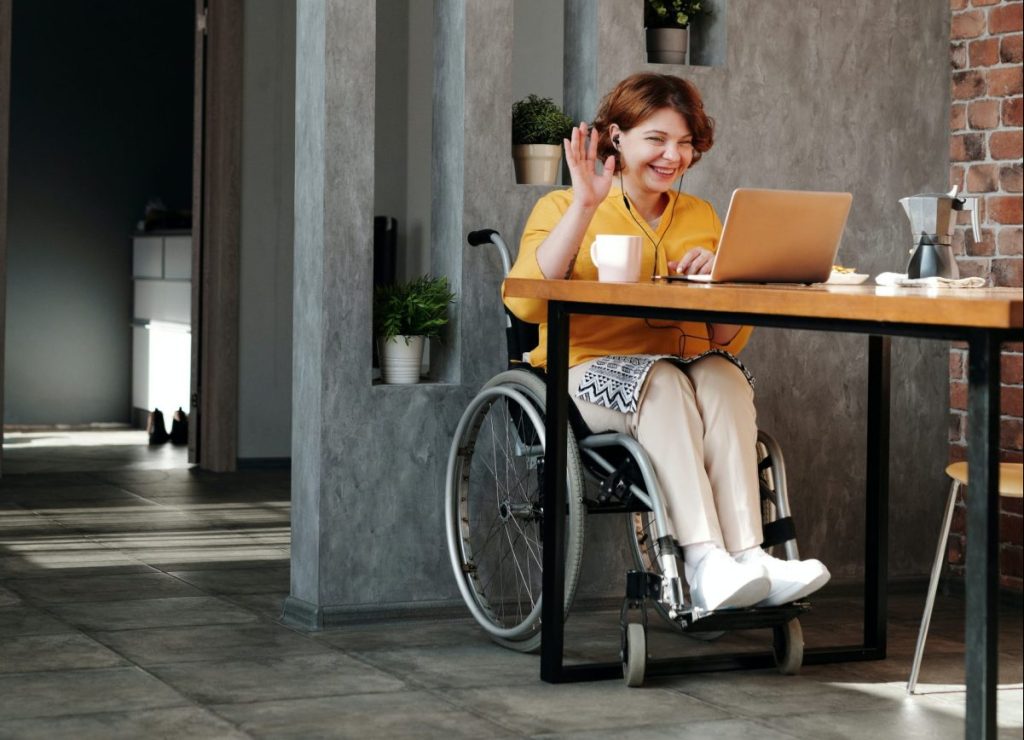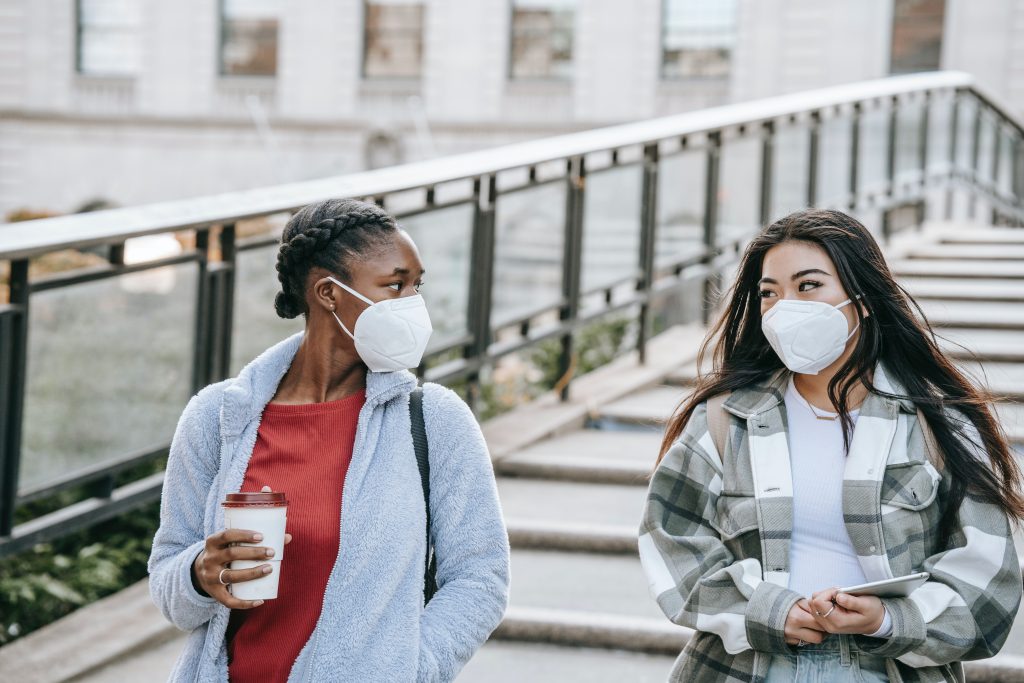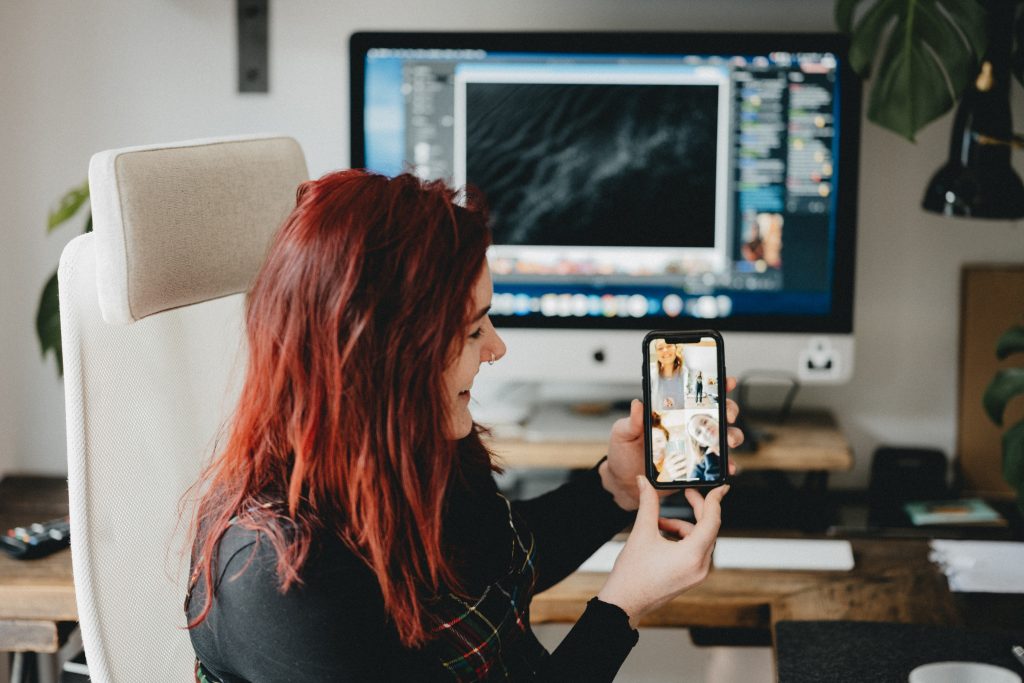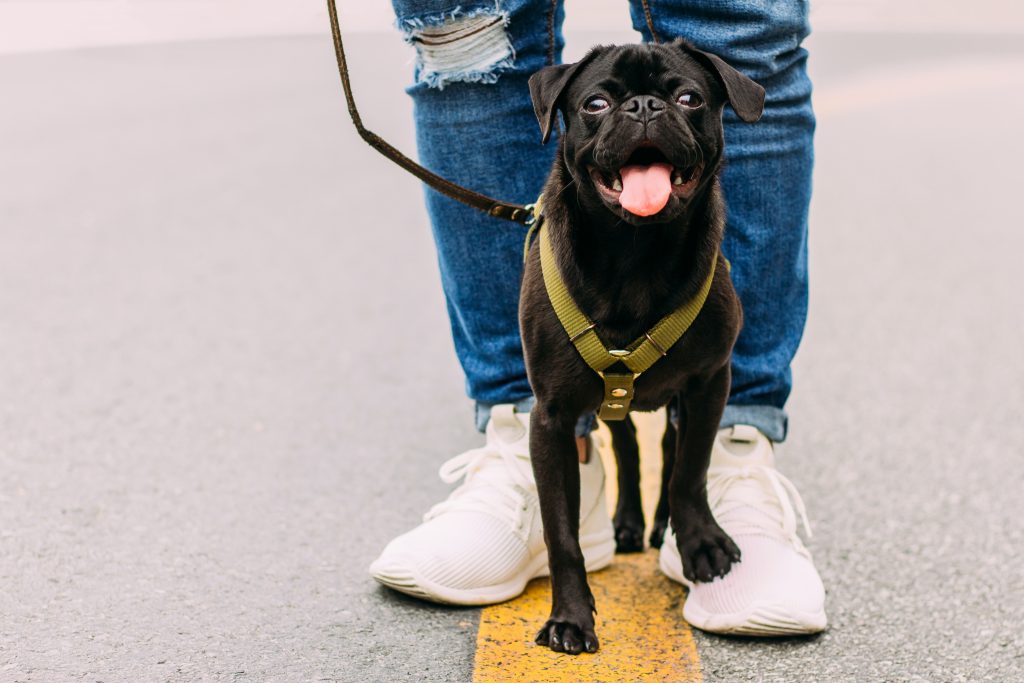It was October 18th, 2015, the day before Kirsten was to be life-flighted from Stanford hospital in Palo Alto to Rady Children’s hospital in San Diego, where she would spend the remainder of her days as a cancer patient. We had just spent the last three months in the care of not just health professionals but our extended family, and Kirsten felt palpable anxiety and urgency about creating personal thank you cards and arranging gifts to leave behind. She knew it would be a while before she could return to thank them in person.
Kirsten was in the middle of her treatment, still neutropenic and broken-hearted, that she was less than 24 hours away from leaving her friends and extended family in Palo Alto, potentially forever. Everything was happening very quickly once we got the surprising word that her transfer was not just approved but imminent. There were a lot of things that had to be taken care of, but there was one thing that seemed to be the most important to her, and we had less than 24 hours to get it done, and she knew exactly what she wanted to do. She shared her vision and instructions with me, and I was on a mission to get everything needed.
Making time for gratitude
List in hand, I was off to the stationary store to get the materials to create handmade cards and then to the grocery store for ingredients for the homemade treats she often made for her friends during better days pre-cancer. This wasn’t going to be a quickly put-together “thank you.” It was intended to be thoughtful, personal, and heartfelt. As I was running the errands, I would periodically text her images of papers, decorations, colors, and food items to make sure I was getting everything just right. She wanted it to be perfect.
After Kirsten’s cancer diagnosis, the lotus flower had become her personal symbol for what she had endured, and it was to be the centerpiece for the cards we were about to make. She had researched different designs online and set out to create a design template that I would replicate for each of the special friends in the hospital. It was already dinner time, and we had to have everything complete before 6 am since she would be on a plane later that morning and wanted to personally deliver them to as many people as possible.
We worked tirelessly together – but apart. I was at the hotel making giant pretzels dipped in white and milk chocolate and covered with crushed candy bars. Next was the process of cutting out and assembling the lotus flower cards. Meanwhile, she was busy in her hospital bed typing her personalized notes on her laptop. She was fighting nausea, chemo brain, and endless interruptions, but she was determined to finish the task. We stayed connected throughout the night and into the early hours of the morning, periodically texting, checking in, encouraging each other, and most importantly cracking a few jokes to keep us laughing, awake, and on task under stressful circumstances.
She emailed me the draft letters a little after 2 am, and I was blown away by what she sent. Fighting back tears as I read each note, the love and heartfelt gratitude leaped from the pages. What I was not expecting was how her words shined a light for the first time on just how much she worried about the impact of her diagnosis on our family. In that moment, the gravity of her diagnosis became clear. Despite chemo brain and nausea, she created beautiful, thoughtful, articulate notes of gratitude, and I was never so proud and honored to insert these notes into the handmade cards.
It was past 3 am when we exchanged our final texts for the night. We were exhausted but also exhilarated by the products of our late-night teamwork. Our minds were clear, and the important work of documenting her gratitude was done. I think we both passed out and had the best 3 hours of sleep possible under the circumstances.

Morning came all too quickly as I popped out of bed and carefully packed the car with the treats, cards, and gifts and headed to the hospital. That precious cargo was the punctuation mark on the worst three months of her life, made better by people that cared deeply for her. As I brought the items to her room, I instantly saw how proud and excited she was to see how her vision had come to life. It was just how she imagined it. As she handed out the cards and sweet treats, her love and heartfelt appreciation for those that had cared for her was clear.
With the most important task of the day behind her, the time had finally come. The paramedics were ready to prepare her for the long trip to her hometown hospital in San Diego. As she was wheeled down the hospital corridor for the last time, she heard the loving calls from the nurses and staff on duty one last time. “We will miss you, Kirsten!” With her favorite AYA support staff by her side for that final ride to the parking lot, I walked a few steps behind, feeling a wave of emotions. For her, I know she felt anxious, sad, hopeful, and so very grateful for the people that helped her make it this far.

Don’t let words of gratitude go unsaid
I learned an important lesson from Kirsten that day…whatever it takes, don’t let your words of appreciation go unsaid. Whether it is in life’s most dire situations or the mundane day-to-day, try to find, celebrate and acknowledge the good that happens around you. Seize the moment with the urgency and drive of knowing you may never have a second chance to express what is in your heart. Let those special people know that their actions meant something. Be specific about how they changed you, made you feel better, safer, less anxious, seen, heard, supported, more connected, and less alone. Words can sometimes feel like they are not enough, but when they come from the heart, they can be inspiring, uplifting and are often exactly what is needed.
Excerpts from Kirsten’s Gratitude Letters
- Thank you for being an amazing doctor and going beyond what is asked of you. I could tell you really care about all of your patients and tried to make a connection with each and every one of us.
- I always enjoyed when you came by because there was never a dull moment and you were always nice enough to laugh at all my jokes. You took a lot of pressure off of my family, which was so important to me.
- You were really there for me when you saw that I was upset and I appreciate that.
- You have been one of my biggest supporters and I love that you are working on making a program for young adults. Being here, I’ve realized how important those types of connections are and really admire that you have been working so hard to make us feel more comfortable.
- I really can’t thank you enough for how much you have impacted my family by making sure everything was always taken care of and reducing the stress my family has been through.
- The amount of passion and love that you have for your patients here is incredible and something I admire. Thank you for introducing Crystal and I because it really sparked something here. Even though we broke the rules, it helped the nurses and doctors realize how important it is for the patients to interact and have a friend here.
- You are one of my favorite nurses and you honestly made this whole process for me so much easier. I always looked forward to having you as my night nurse because there was never a dull moment with you and our conversations helped take my mind off of this whole situation.
- You really made patients feel like people rather than just another kid with cancer. You have a big heart and were always willing to put up with my lame jokes and listen to me when I really needed someone to talk to.
- I’m so glad that I was able to have a friend like you in here. Even though life hasn’t always been easy, you have been so incredibly strong and honestly been someone that I look up to.




